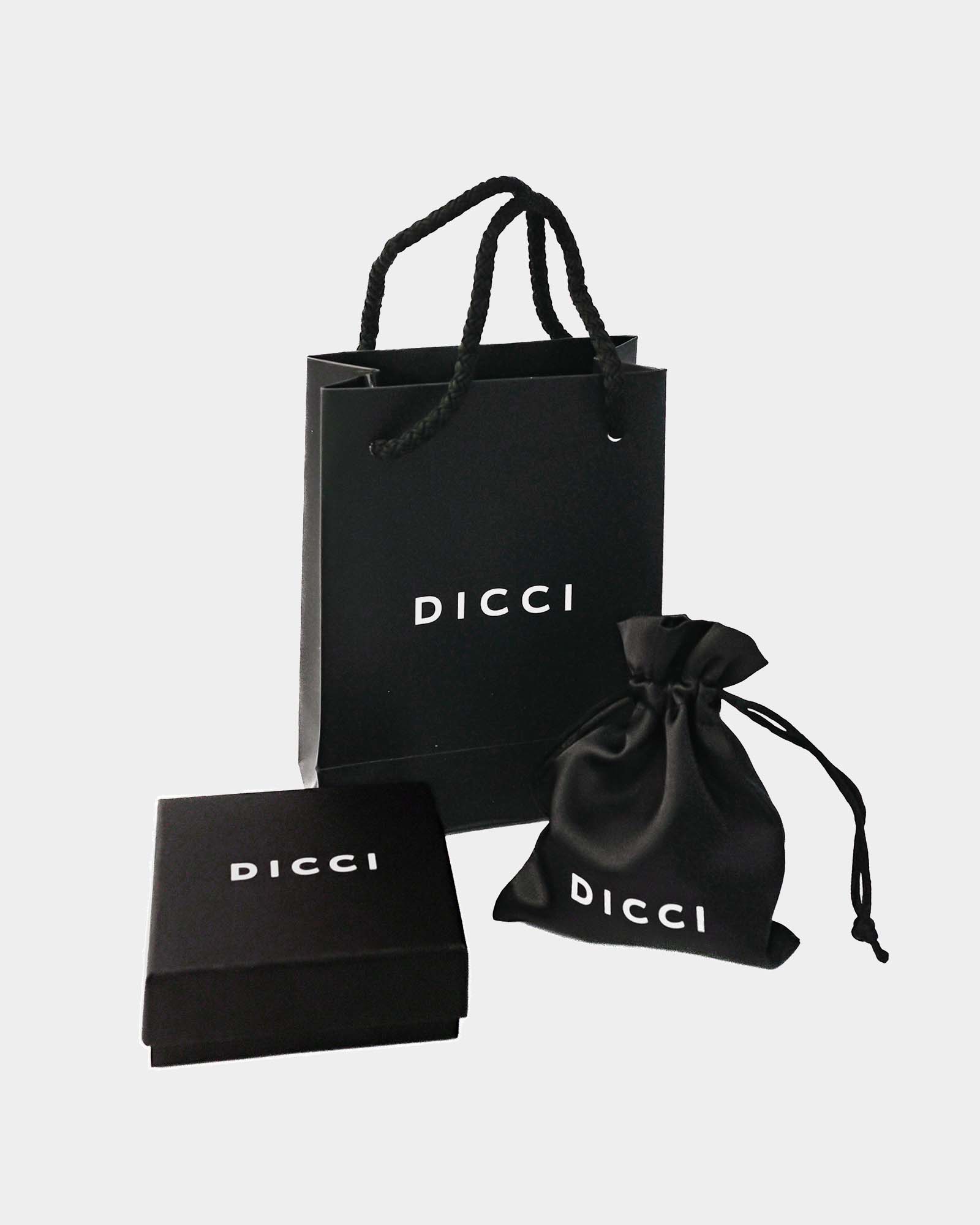Pearls are a timeless and versatile gem that have been treasured for centuries. They come in many different shapes, sizes, and colors, and are formed in a variety of ways, making them unique and special.
Natural Pearls VS Cultured Pearls
First, it’s important to distinguish natural from cultured pearls. Natural pearls are formed spontaneously in the wild, without any human intervention, when a foreign object such as a parasite or a piece of tissue from another mollusk enters the shell of a mollusk and irritates the mollusk's mantle. The mollusk secretes a substance called nacre to protect itself, and over time, this substance accumulates and forms a pearl. Cultured pearls, on the other hand, are formed by human intervention. The process of forming the pearls is similar, the main difference between natural and cultured pearls is the source of the irritant that triggers the formation of the pearl.
Cultured pearls are much more common and widely available than natural pearls, and are also typically more uniform in size and shape. However, natural pearls are considered rare and valuable, and are often prized for their unique and irregular shapes.
Both natural and cultured pearls can be found in a variety of colors and types, including Freshwater, Akoya, Tahitian, South Sea, and Keshi pearls. Ultimately, the choice between natural and cultured pearls comes down to personal preference and the purpose for which the pearls are being purchased.
Freshwater Pearls: These pearls are grown in freshwater mussels and are the most widely farmed pearls in the world. They come in a variety of shapes, sizes, and colors and are known for their affordability and versatility.
Akoya Pearls: These pearls are grown in saltwater oysters in the waters around Japan and China. They are known for their high luster and round shape, making them a popular choice for jewelry.
Tahitian Pearls: These pearls are grown in the waters around French Polynesia and are known for their dark and unique colors, ranging from black to green and even blue.
South Sea Pearls: These pearls are grown in saltwater oysters in the waters around Australia, Indonesia, and the Philippines. They are the largest and rarest type of pearl, known for their exceptional luster and size.
Keshi Pearls: These pearls are a rare and unique type of pearl that are formed when the mollusk produces a pearl without a nucleus, resulting in a small, flat pearl. They are often used as accent pearls in jewelry.
Here at Dicci we use freshwater pearls in our jewelry. If you are interested in a more affordable option but still have a necklace or a bracelet that looks good and has quality, we also have jewelry with pearl effect beads.
In conclusion, pearls are a versatile gem that can add a touch of elegance and sophistication to any outfit. When shopping for pearls, it is important to consider the quality, luster, and shape of the pearl, as well as the price, to ensure you find the perfect pearl for your jewelry collection.







